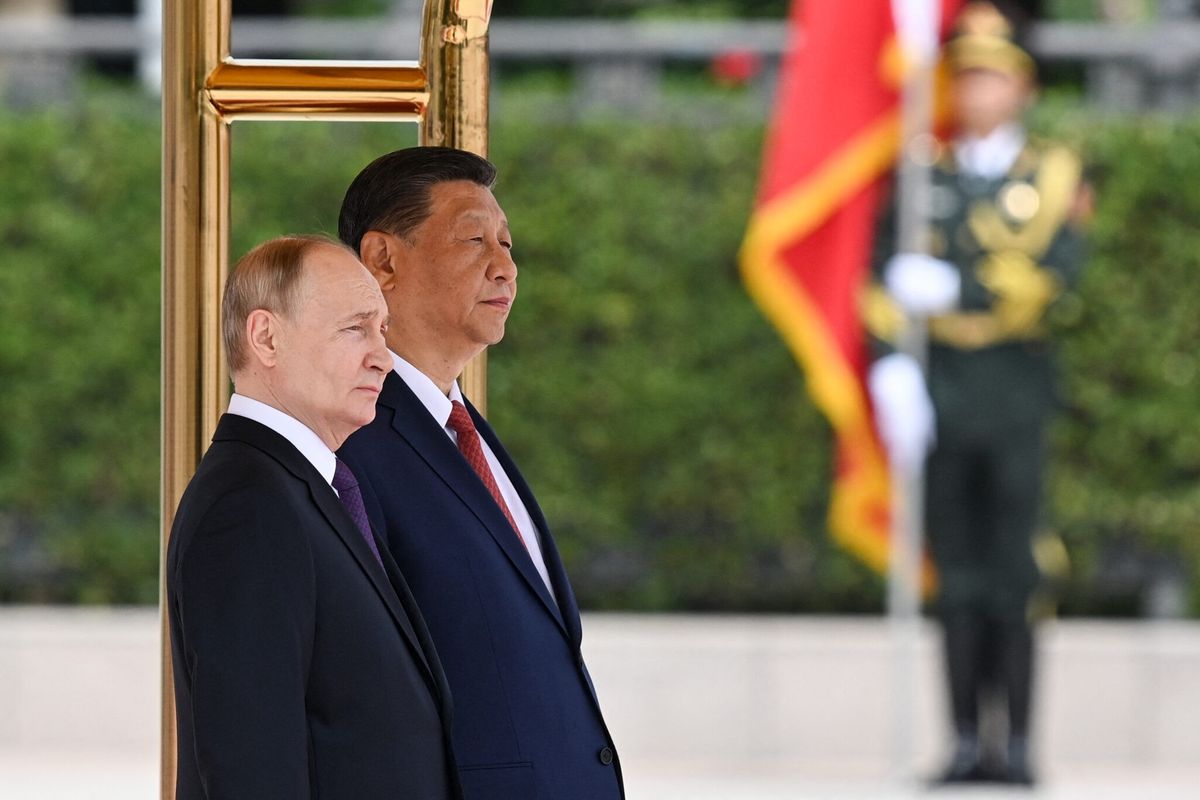North Korea’s successful launch of the road-mobile intermediate range Hwasong-12 missile on Sunday yet again demonstrated the Kim Jong-un regime’s perseverance and improving technical acumen in developing ballistic missiles that can carry nuclear warheads. The missile had a 30-minute flight time and reached an altitude of more than 1300 miles.
Though the missile was launched at a steep trajectory for testing purposes, experts say a shallower one would allow the missile to reach the United States’ Andersen Air Force Base on Guam. If North Korea develops a missile that can reach the U.S. homeland, and former CIA acting director and Cipher Brief expert Michael Morell says we should assume they can, then what defensive options are available to the United States? In reality there is only one: the Ground-based Midcourse Defense system (GMD).
The GMD is an expansive—and expensive—system that comprises sensors based at sea, on land, and in space and a command and control network that feed data to an interceptor that is itself a three-stage rocket called the ground-based interceptor. Each sixty-foot tall interceptor carries what is called the “exoatmospheric kill vehicle” (EKV) into space and deploys it in the path of the enemy missile. The EKV uses an advanced targeting computer and onboard boosters to move it into the path of the incoming rocket, which is destroyed by the impact of the collision.
This advanced technology comes at a high price. In 2013, the Government Accountability Office estimated the total program at more than $40 billion through FY2017 for the deployment of 44 interceptors at two sites in Alaska and California. A possible third site on the east coast would increase the program cost.
While the GMD’s absolute cost is one consideration, its relative cost compared to North Korean missiles make skeptics wonder if the program is worth it. Alexandra Bell, the senior policy director at the Center for Arms Control and Non-proliferation, told The Cipher Brief that “Offensive missile systems are cheaper to build than defensive ones. If North Korea wants to effectively counter the U.S. GMD system, it can simply decide to build more missiles.”
Critics also note that, despite assurances from the Pentagon that the GMD is ready—in April of this year, current NORTHCOM commander Gen. Lori Robinson told the Senate Armed Services Committee that the GMD was ready to take down an incoming North Korean missile—the system has never successfully intercepted a ballistic missile under testing or real life conditions.
The Pentagon may have the chance to make good on this assertion in the GMD’s next test. Scheduled for late May, this test will attempt to replicate the speed and trajectory of an incoming intercontinental ballistic missile (ICBM) for the first time. While a successful intercept could silence critics, Michaela Dodge, a senior policy analyst at the Heritage Foundation, told The Cipher Brief, “We tend to think of intercepts as successes, but we sometimes tend to forget that we learn more from failed tests than from successful ones.”
The GMD may be an imperfect system, but Congressional support will likely guarantee its future. The 2017 National Defense Authorization Act expanded previous missile defense policy, calling for the U.S. military to “maintain and improve an effective, robust layered missile defense system capable of defending the United States, allies, deployed forces, against the developing and increasingly complex ballistic missile threat.”
In time, directed energy weapons mounted on unmanned aerial vehicles may provide defense of the homeland at lower cost, but these cutting-edge systems are decades away from entering service. Even then, the GMD will still have a place in a multi-system missile shield, as upgrades to the rocket boosters and kill vehicle aim to increase reliability and reduce costs.
Despite its flaws and its cost, the GMD is the only system that can currently fill the role of defending the United States from a North Korean ICBM. As long as North Korea has that option, the U.S. will pursue its own options. Dodge stresses that “At the end of the day, it just comes down to: would you rather be vulnerable to a North Korean ballistic missile attack or not? And if your response is no, then you don’t have another option today.”
Will Edwards is an Asia-Pacific and defense analyst at The Cipher Brief. Follow him on Twitter @_wedwards.









